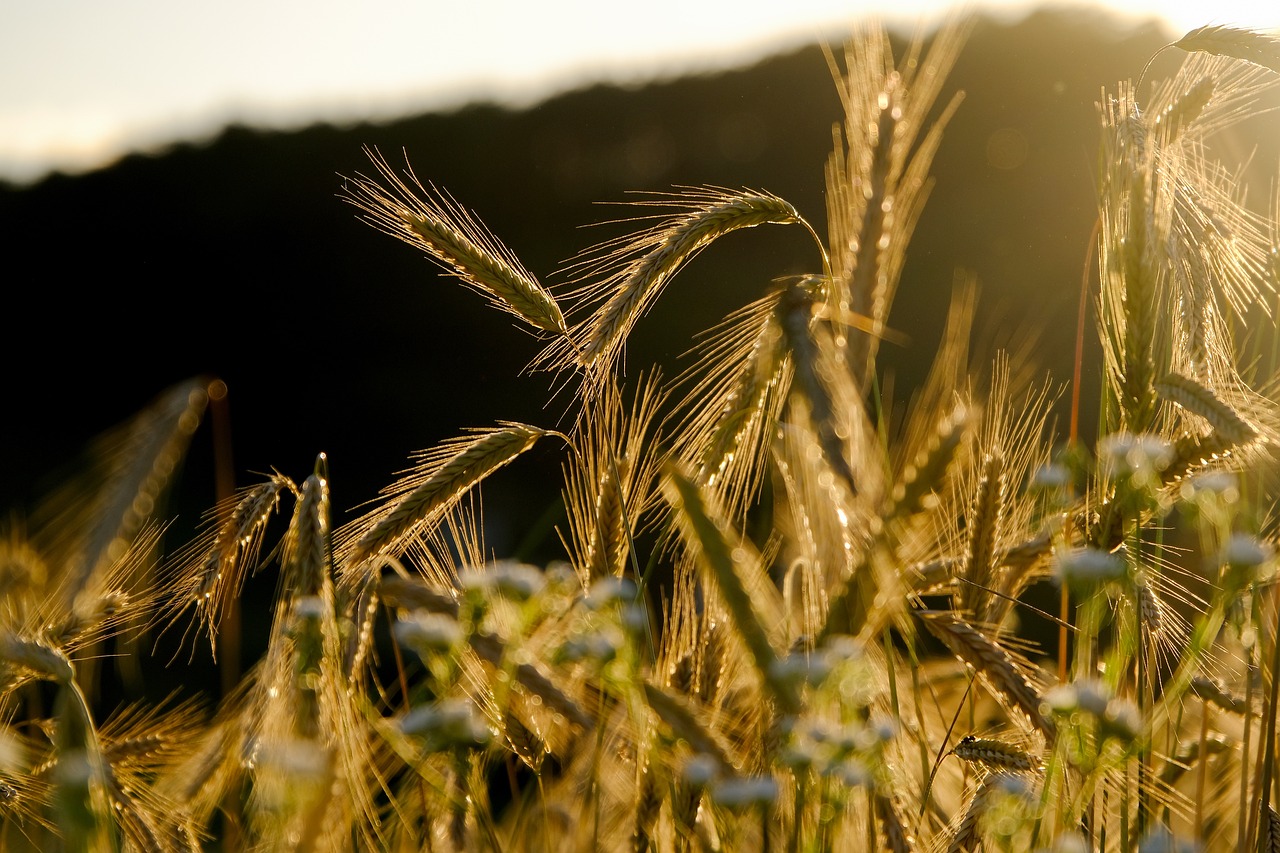What is
DNA barcoding?
ID Via DNA
DNA barcoding is a method of specimen identification using short, standardized segments of DNA. Every species has its own barcode, just as every person has their own fingerprint. These DNA barcodes can be compared to a reference library to provide an ID.


Barcoding Basics
While the technologies used for DNA barcoding research have continued to grow and evolve, the basic process remains unchanged.
DNA for an individual specimen can be obtained by harvesting a small sample of tissue such as an insect leg, hair/feathers, or mouth swab. DNA for bulk analysis is extracted from the bulk sample of multiple specimens.
Using appropriate primers and the polymerase chain reaction (PCR), the specific barcode region of the specimen’s DNA is replicated millions of times to prepare it for sequencing.
The amplified DNA sample is fed into a DNA sequencing platform, translating the unknown tissue sample into the nucleic acid sequence that represents its DNA barcode.
The Identification Engine of the Barcode of Life Data System can be used to compare the DNA barcode of an unknown specimen with the entire DNA barcode reference library, to find a match.
Real World Utility
DNA barcoding is used for more than just research – it can also help address problems with broad impacts on all areas in which society interacts with biodiversity. Some practical applications include pest and disease control, food production and safety, resource management, biodiversity conservation, and education.

Learn more about iBOL
The International Barcode of Life Consortium is a research alliance undertaking the largest global biodiversity science initiative: create a digital identification system for life that is accessible to everyone
